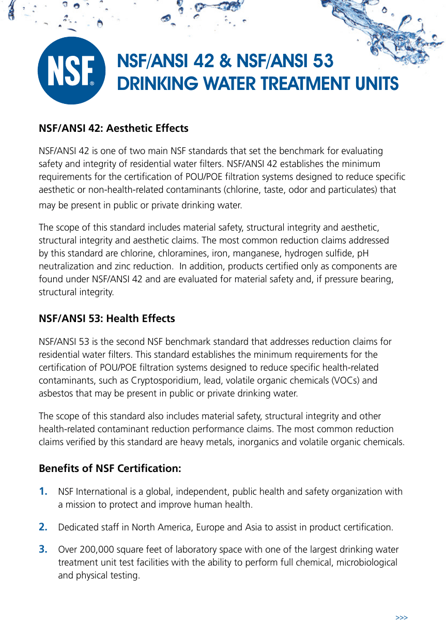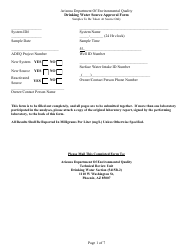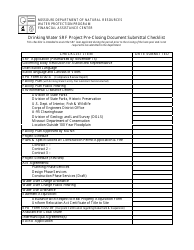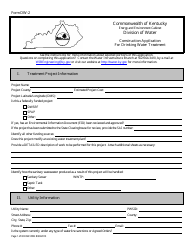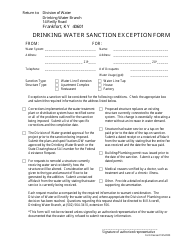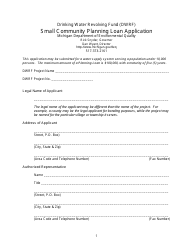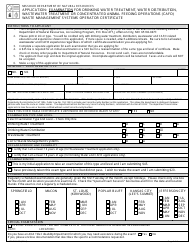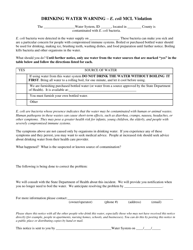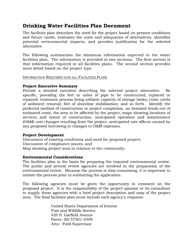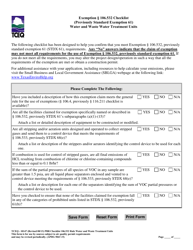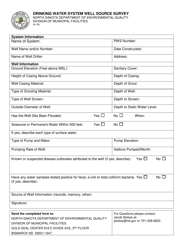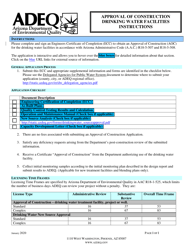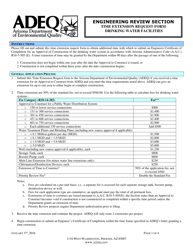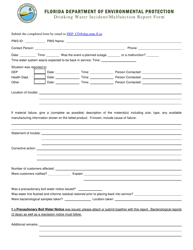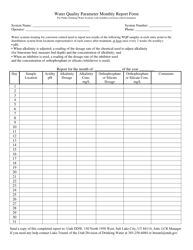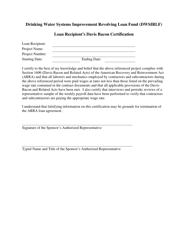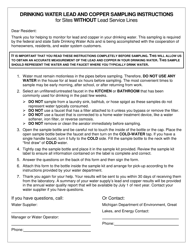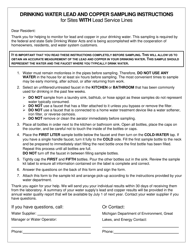Nsf / Ansi 42 & Nsf / Ansi 53 Drinking Water Treatment Units - Nsf
NSF/ANSI 42 and NSF/ANSI 53 are drinking water treatment unit standards developed by NSF International. These standards are used to certify products that are designed to improve the safety and quality of drinking water. NSF/ANSI 42 focuses on the reduction of aesthetic impurities, such as taste and odor, while NSF/ANSI 53 focuses on the reduction of health-related contaminants, such as lead and bacteria. This certification ensures that the water treatment units meet the necessary criteria for effectively treating drinking water.
The NSF (National Sanitation Foundation) files the NSF/ANSI 42 and NSF/ANSI 53 certifications for drinking water treatment units.
FAQ
Q: What is NSF/ANSI 42?
A: NSF/ANSI 42 is a standard for drinking water treatment units that certifies the product meets specific requirements for material safety and structural integrity.
Q: What is NSF/ANSI 53?
A: NSF/ANSI 53 is a standard for drinking water treatment units that certifies the product meets specific requirements for reducing specific health-related contaminants.
Q: What is the purpose of NSF/ANSI 42 and NSF/ANSI 53?
A: The purpose of these standards is to ensure that drinking water treatment units are safe and effective in improving the quality of drinking water.
Q: What contaminants are covered by NSF/ANSI 53?
A: NSF/ANSI 53 covers a wide range of contaminants including lead, mercury, pesticides, and many others that may be present in drinking water.
